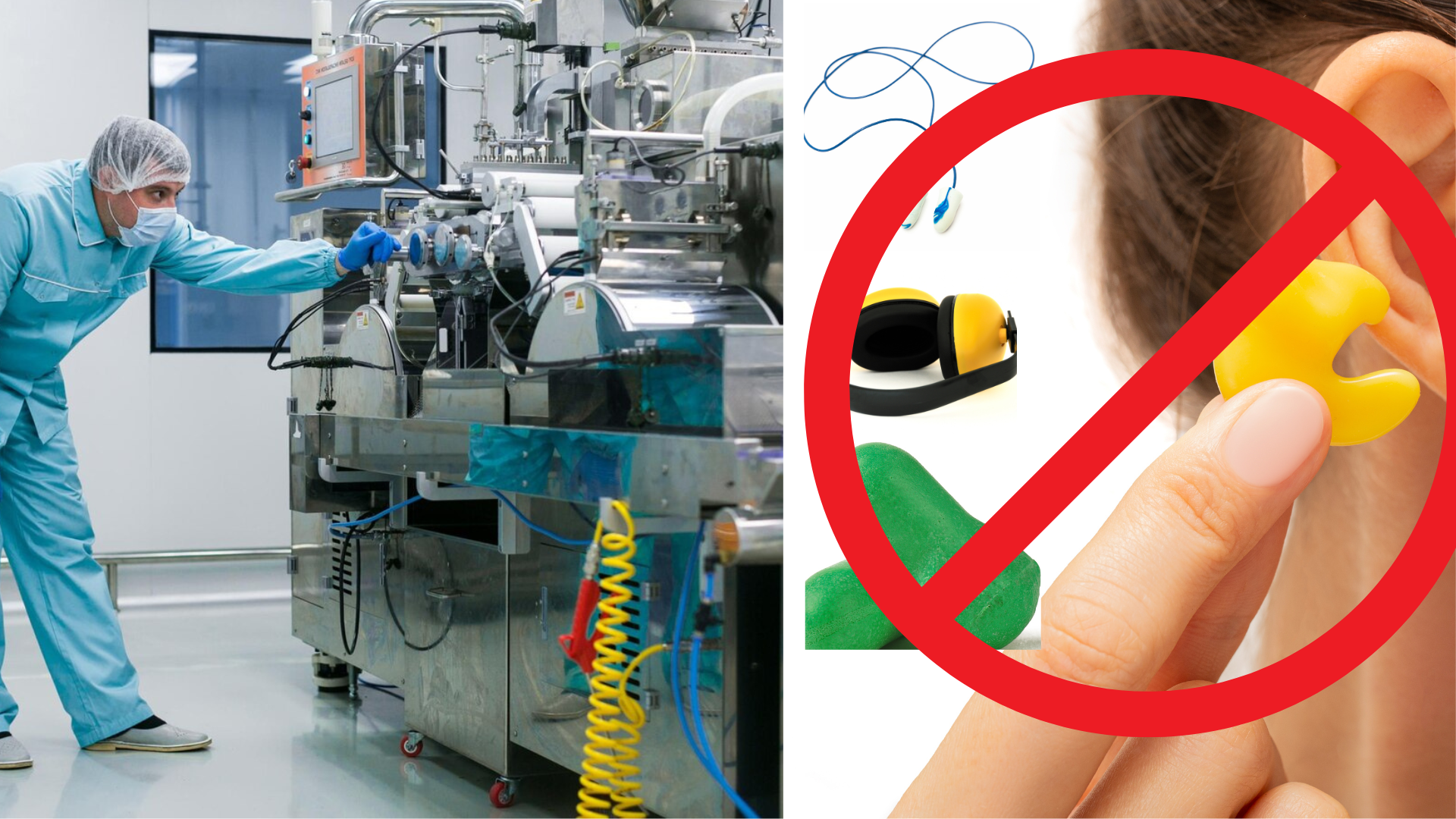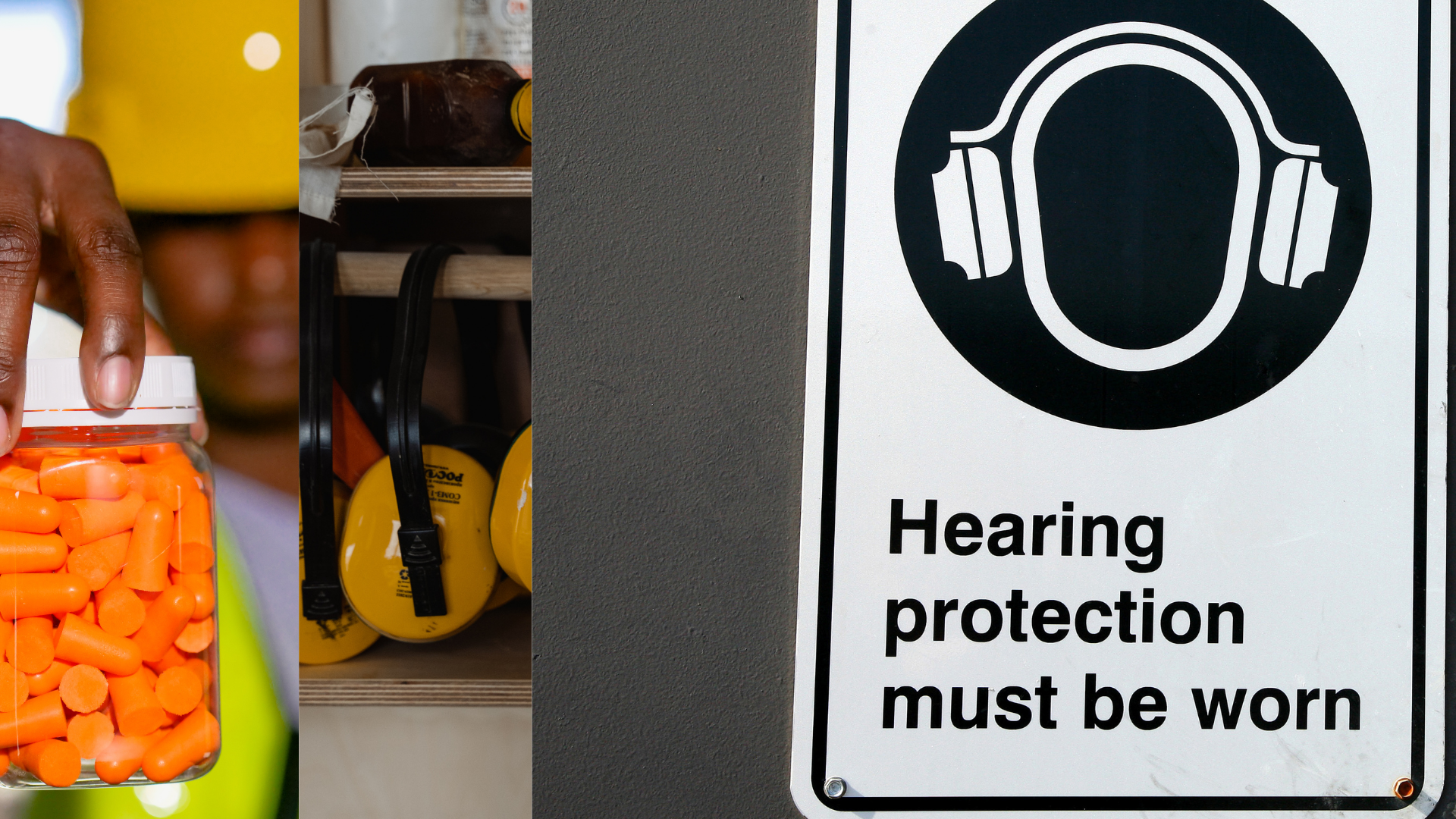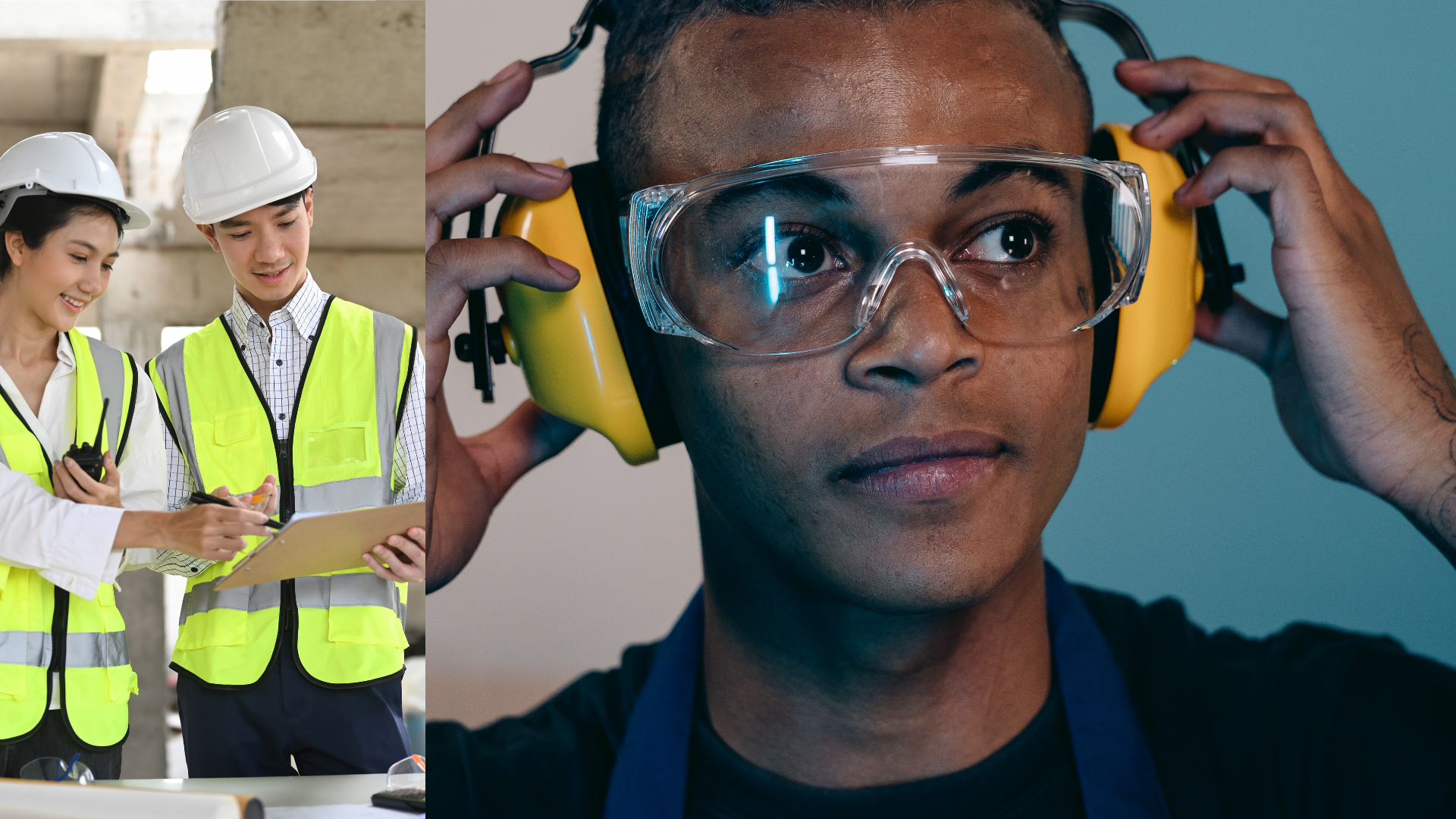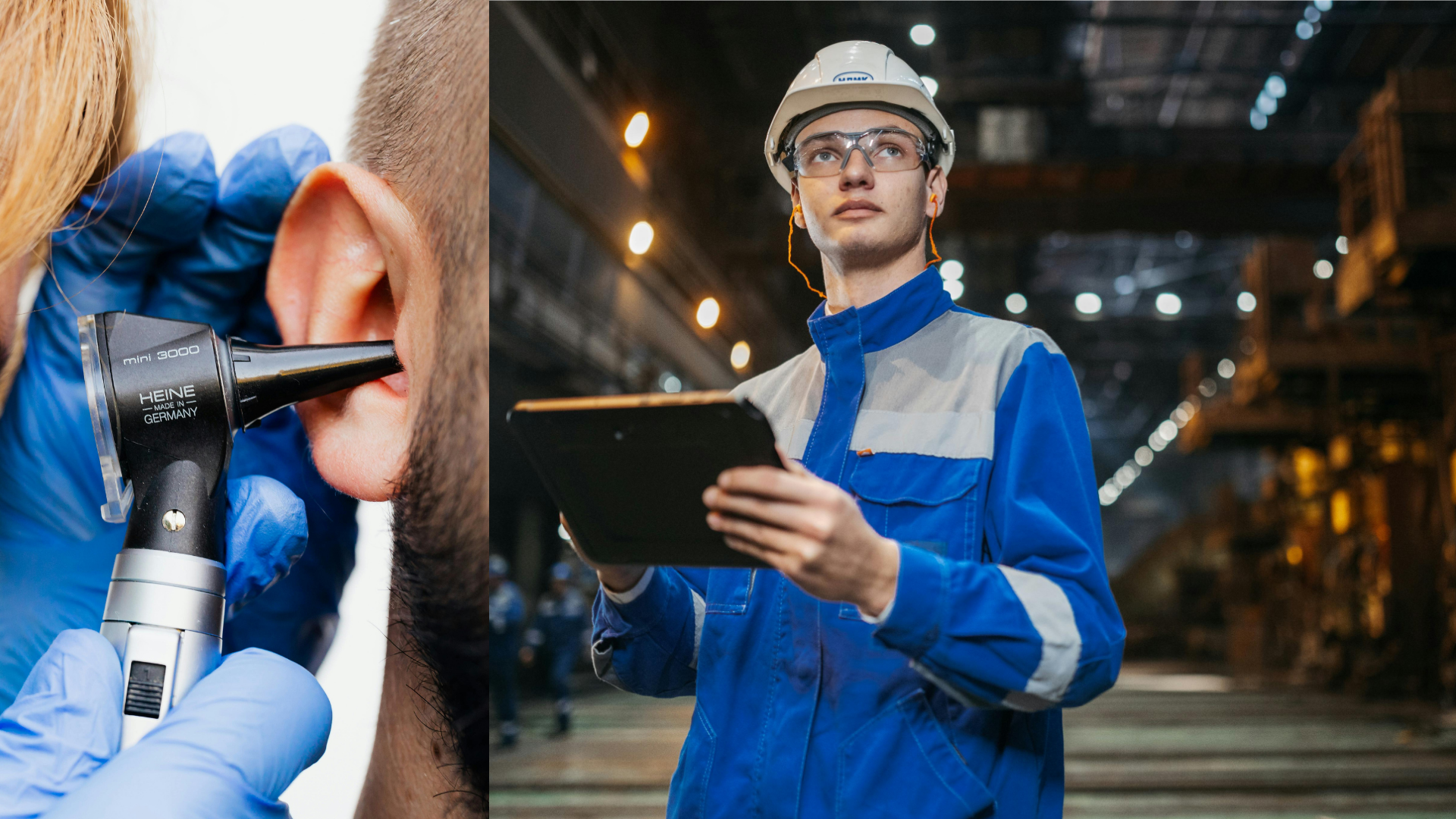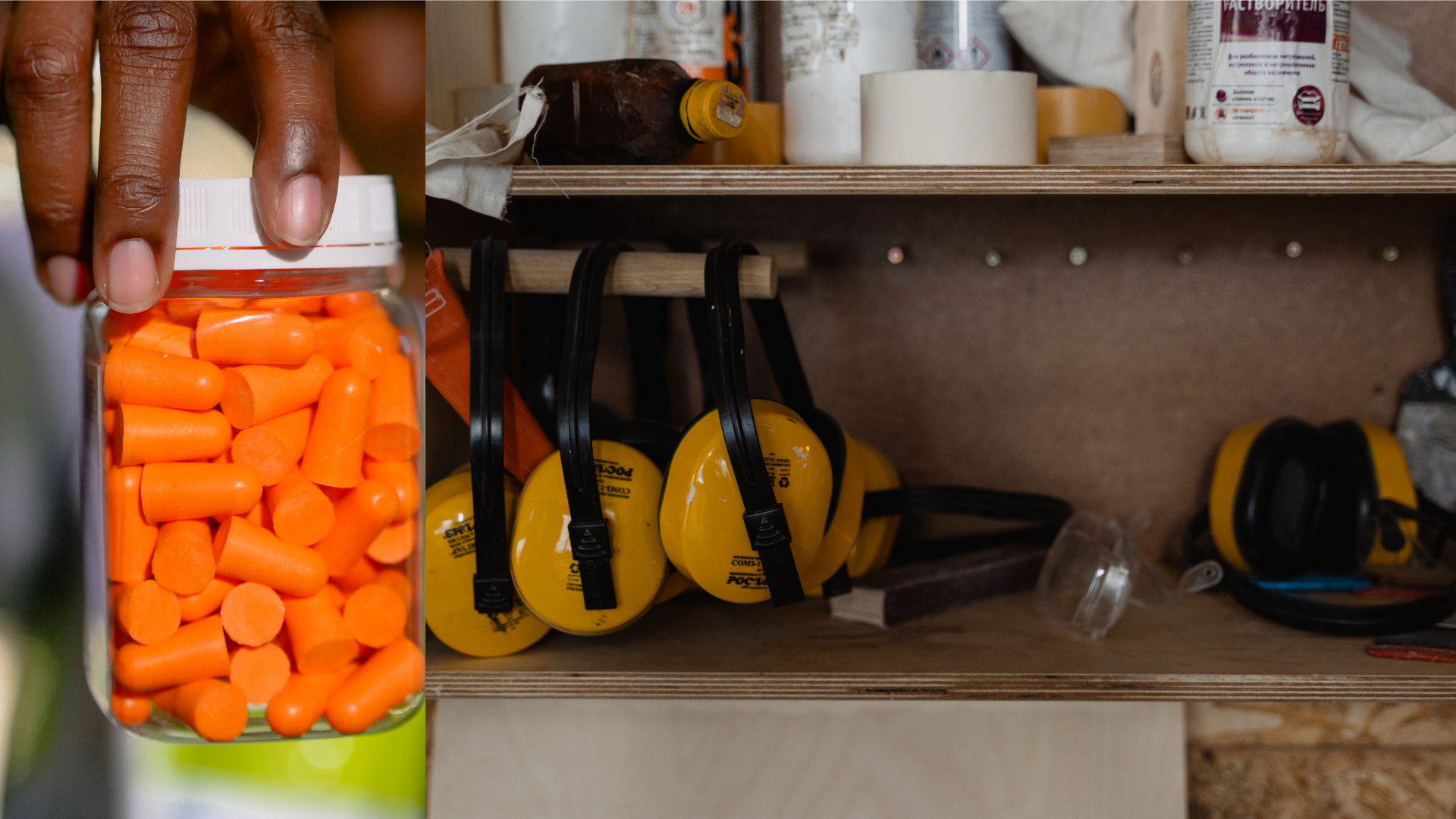Hearing Conservation: OSHA Noise Standard vs NIOSH Best Practices
When it comes to hearing conservation, many companies assume that by checking the OSHA noise standard boxes, they’ll never see a recordable hearing loss injury or potential claim.
However, OSHA’s hearing conservation regulations are weaker than those of any other country in North or South America. Hearing loss is also one of the most common workplace injuries in the United States.
Clearly, compliance doesn’t always equal injury prevention.
OSHA vs NIOSH & hearing conservation
It’s important to understand the difference between OSHA & NIOSH. OSHA is a federal regulatory body that can both create and enforce safety standards.
On the other hand, NIOSH focuses on research and improving employee safety. They make recommendations to OSHA of what rules should be established based on the research conducted. Companies that choose to comply with recommended NIOSH best practices will be OSHA compliant, as NIOSH is generally safer than OSHA.
Who should be included in a hearing conservation program?
According to both OSHA & NIOSH, any employee exposed to noise levels over 85 decibels during an 8-hour Time Weighted Average should be included in a hearing conservation program (know as the Action Level).
OSHA noise permissible exposure limit
OSHA’s permissible exposure limit for noise is 90 decibels over an 8-hour TWA. The permissible exposure limit is different from the action level of 85 dB TWA: meeting or exceeding the action level creates the need for a hearing conservation program, while meeting or exceeding the permissible exposure limit means workers should not be exposed to noise levels above it for an 8-hour time period.
NIOSH noise recommended exposure limit
NIOSH’s recommended exposure limit is not a requirement by OSHA. However, its recommended that workers are exposed to no more than an 85 dB Time Weighted Average over 8 hours, as it is recognized that noise levels above that can cause significant damage.
Best practice NIOSH hearing conservation recommendations
While not required, complying with NIOSH’s best practice recommendations can provide an enhanced level of protection from hearing loss injuries & claims.
Hearing protection fit tests for noise exposed employees
NIOSH recommends providing hearing protection fit testing to employees, both when selecting what hearing protection to provide, and when validating the effectiveness of your hearing protectors. This also guards against the risk of overprotecting your employees’ hearing.
Limit worker noise exposure to 85 decibels over 8 hours
Although OSHA requires limiting employee noise exposure to 90 decibels for 8 hours, NIOSH suggests keeping noise exposure below 85 decibels. This can take your hearing conservation program to the next level, as it halves the amount of noise exposure of the employees.
View an increase of 3 decibels as a doubling of exposure
Decibels increase on a logarithmic scale, meaning as you increase by a certain amount, the exposure is considered to double.
OSHA regulations use a 5-decibel doubling rate, where an increase from 80 to 85 would be considered twice the noise dose, and therefore allowable for half the time. On the other hand, NIOSH recommends using a 3-decibel doubling rate, where an increase from 80 to 83 would be considered double the exposure.
Avoid overprotection when choosing hearing protection
Finally, NIOSH recognizes the risk of overprotection from hearing protectors. They recommend the hearing protection your employees wear reduce exposure to 75-85 decibels.
Overprotection can lead to further injury, beyond hearing loss. When employees can’t hear warning signals, colleagues, or signs that a machine may be functioning incorrectly, struck-by and other fatal accidents have a higher likelihood of occurring.
Taking hearing conservation beyond compliance
Hearing loss can be costly. Claims for hearing loss alone are estimated to have an average yearly cost of ~$60 million in the United States. The impact on the economy shouldn’t be overlooked, either - in a study conducted by the University of Michigan, it was estimated that over 68% of the working age population with hearing loss are not employed, compared to just 27% of the working age population without hearing loss.
At Anadyne, we believe hearing conservation should be viewed as a living investment, designed to prevent employee injury, as well as the cost of hearing loss claims. That’s why we go beyond just checking boxes – we’re here to truly prevent hearing injury.
Click to find out more or give us a call at 888-972-4420!


